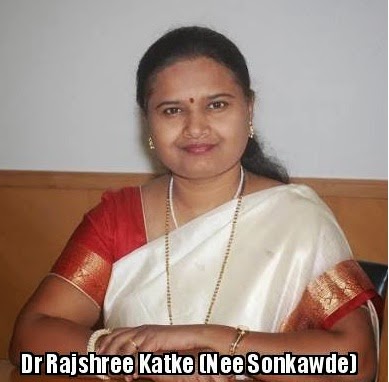Rajshree Dayanand Katke
ITP occurs in approximately 2 of 1000 pregnant women. ITP may develop at any time during pregnancy, but is often initially recognized in the first trimester and is the most common cause of isolated thrombocytopenia in this time period. A 33 year old, married since 6 years, G2p1l1 with 33 weeks gestation referred to our tertiary centre. She was a known case of ITP with splenectomy done. She had a 5 year old male child, delivered by LSCS. She was diagnosed as having ITP at the age of 12 years. HCV antibody was weakly positive. ANA was positive. Emergency LSCS was done in view of scar tenderness. Post op she developed epistaxis, bleeding gums and per vaginum. Patient received multiple FFP, platelet transfusions and responded to treatment with methylprednisolone. The diagnosis and management of ITP in pregnancy is similar to that in the non-pregnant adult patient, but the risks to the developing fetus must be taken into account when choosing treatment and the maintenance of a safe platelet count, rather than prolonged remission, is the goal. Mode of delivery must be guided by obstetrical indications.
Key words: Idiopathic thrombocytopenic purpura, ITP with pregnancy.
For Full Article Link:
http://www.scopemed.org/?mno=167924
Abstract:
ITP occurs in approximately 2 of 1000 pregnant women. ITP may develop at any time during pregnancy, but is often initially recognized in the first trimester and is the most common cause of isolated thrombocytopenia in this time period. A 33 year old, married since 6 years, G2p1l1 with 33 weeks gestation referred to our tertiary centre. She was a known case of ITP with splenectomy done. She had a 5 year old male child, delivered by LSCS. She was diagnosed as having ITP at the age of 12 years. HCV antibody was weakly positive. ANA was positive. Emergency LSCS was done in view of scar tenderness. Post op she developed epistaxis, bleeding gums and per vaginum. Patient received multiple FFP, platelet transfusions and responded to treatment with methylprednisolone. The diagnosis and management of ITP in pregnancy is similar to that in the non-pregnant adult patient, but the risks to the developing fetus must be taken into account when choosing treatment and the maintenance of a safe platelet count, rather than prolonged remission, is the goal. Mode of delivery must be guided by obstetrical indications.
Key words: Idiopathic thrombocytopenic purpura, ITP with pregnancy.
For Full Article Link:
http://www.scopemed.org/?mno=167924
